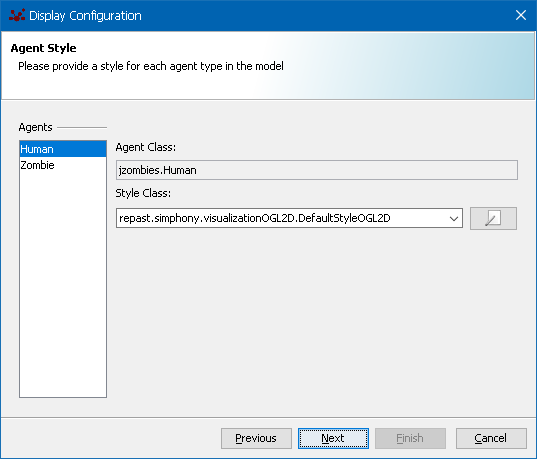

It also has a 3-pin male XLR output connection. These input jacks enable you to connect instruments to the DI box. Most passive DI boxes are engineered to have either ¼” or RCA phono input jacks. It also preserves the frequency characteristics of audio signals that pass through them.ĭue to the transformer they come with, passive DI boxes rarely add noise to audio signals that pass through them. This transformer performs balancing and impedance matching. Unlike active DI boxes, a passive DI box contains a transformer. Passive DI BoxĪ passive DI box is a DI box that does not need to be connected to a source of power. This enables active DIs to have a wider frequency response than passive DIs. They come with an active DI circuit as well.

This preamplifier increases the impedance and strengthens the audio signal that passes through it.

On the other hand, you will need an XLR cable when you need to connect active DI boxes to phantom power sources.Īctive DI boxes contain preamplifiers. To connect an active DI box to a battery source, all you need is a 9-volts battery. This source of power can be either a battery or phantom power source. Active DI BoxĪn active DI box is a DI box that needs to be connected to a source of power before it can work. They can have single or multiple input and output channels. DI boxes are used primarily for connecting to audio instruments such as guitars and keyboards. This conversion is conducive for the transmission of audio signals into mixing consoles. Will Phantom Power Damage a Passive DI Box?ĭI boxes are also known as Direct boxes. These boxes primarily work by converting high impedance signals that are unbalanced into balanced low impedance format.Do I Need Phantom Power to Power A DI Box?.That's not to say it might not be close enough for whatever you're trying to do, but since the question was sort of asked above, I thought I'd try to answer it. That's not going to be the real deal, though. It's possible that the commercial reamp boxes include some sort of "pickup sim" filter for this purpose. You can try to fix some of this with a filter somewhere after the "tape" and before the amp. I think that if the DI sounds good on its own, before re-amping, it's likely to come out a bit dark, possibly muddy, with some noticeable lack of detail after re-amping. It requires the failure of the amp/speaker/cabinet (itself a resonant low-pass filter) to make it sound acceptable. It's bright and edgy and kind of splatty. That signal generally sounds like complete ass by itself. Plugging a guitar into a high impedance load (~500k for many tube amps, up to 1M or so for modern amps/effects) creates a resonant low-pass filter. I talked about the whys and wherefores (redundant, I know) at some length on this thread. A standard passive DI will not accomplish this. If you're looking to get a reasonable approximation of the sound you would expect from plugging your guitar directly into your amp, you must present the pickups with an appropriate input impedance on the way to the recorder. This may sound obvious, but the question above re: upgrading the DIs brings us to this point. I will say that no matter how you intend to get the signal from recorder>amplifier the quality of the result will depend almost entirely upon the quality of the recorded signal. We've had that argument before, and I usually just throw up my hands saying "Fine, do what you want! It's your money!" I'm not going to touch the reamp box question.


 0 kommentar(er)
0 kommentar(er)
